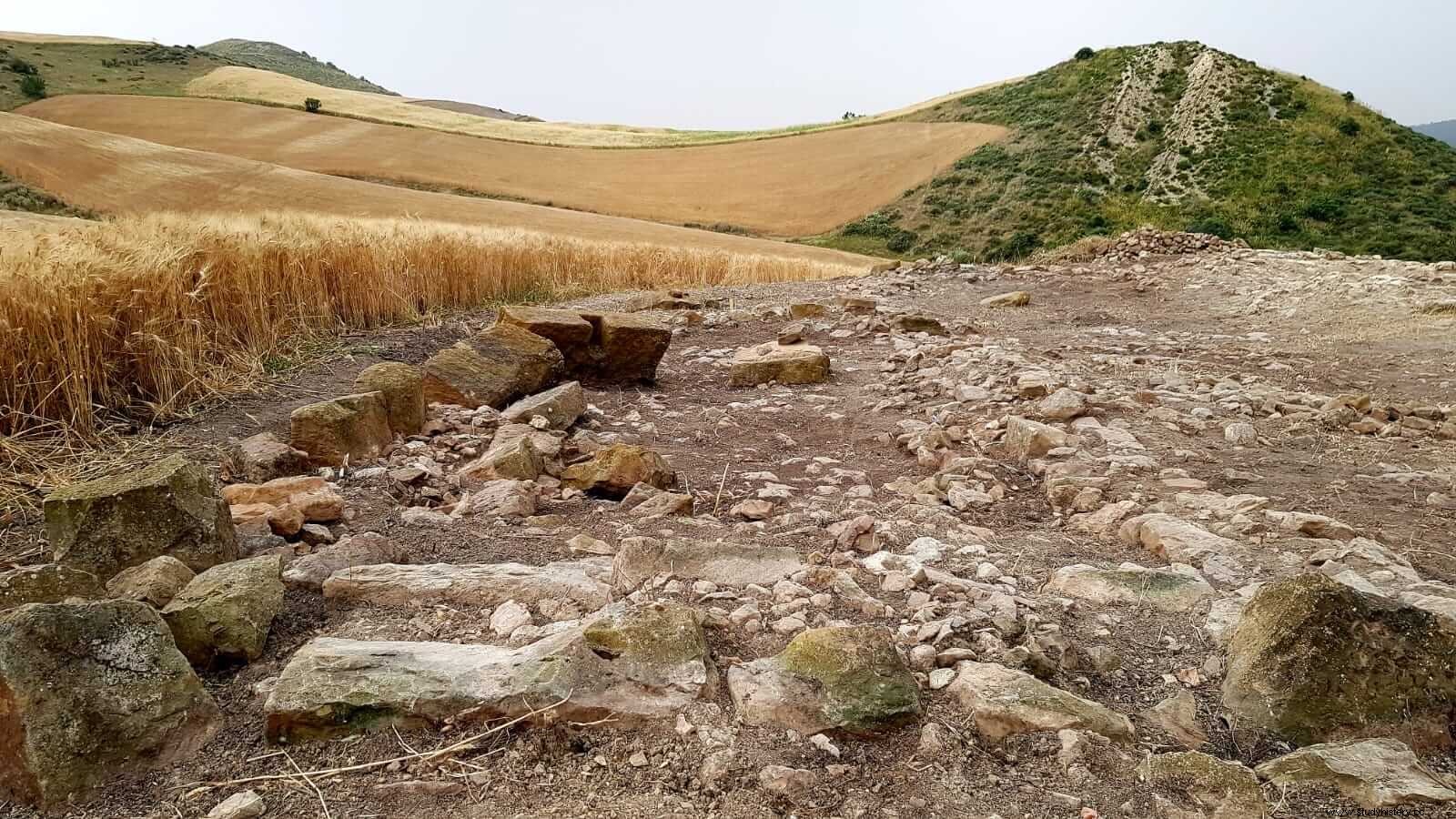
The Henchir Hnich site It is located in the former imperial province of Proconsular Africa, in the middle valley of the Bagradas, about 110 km southwest of the current city of Tunis, and constitutes a rural settlement linked to imperial property. Although today it is a sparsely populated agrarian region, in ancient times it was an intensely urbanized region , which played an essential role in supplying oil and wheat to the city of Rome and the rest of the Empire.
In the s. II AD We are witnessing an effort to intensify the exploitation of large agricultural properties by the imperial power:the administration that manages the domains is restructured, regulations are adapted in order to cultivate marginal lands and others are enacted, such as the lex Hadriana of agris rudibus , whose objective is to encourage the exploitation of abandoned land. The inscription that contains it, currently under study, is an altar of 1.20 m inscribed on three of its four faces. It is in a fragmentary and highly eroded state, which is why 3D modeling has been used to restore the text.
The work carried out at the site in the 2019 campaign has made it possible to identify the context in which the inscription appeared, which was reused as part of a beam press integrated into a oil press. This second life of the inscription must be dated to the s. IV-V AD at a time when the lex it would have already lost its validity.

The work of pedestrian and geophysical prospecting They have allowed us to identify the sequence of occupation of the settlement, as well as a necropolis area and up to three large buildings, one of which corresponds to the torcularium in which the inscription appears reused. During these works various funerary inscriptions and a terminus have also been located. that ratifies the imperial character of this agrarian property. This epigraph indicates that on one side the lands are imperial property, while those on the other side belong to a large private owner.
The Henchir Hnich site is configured as a rural establishment, with a long sequence of occupation in Roman times that started at the end of the s. I AD, which constitutes the central nucleus of an imperial estate , as the epigraphy clearly attests. It is a settlement of more than three hectares equipped with a necropolis, an oil mill and various buildings whose functionality and chronological sequence must be elucidated in future archaeological campaigns.
